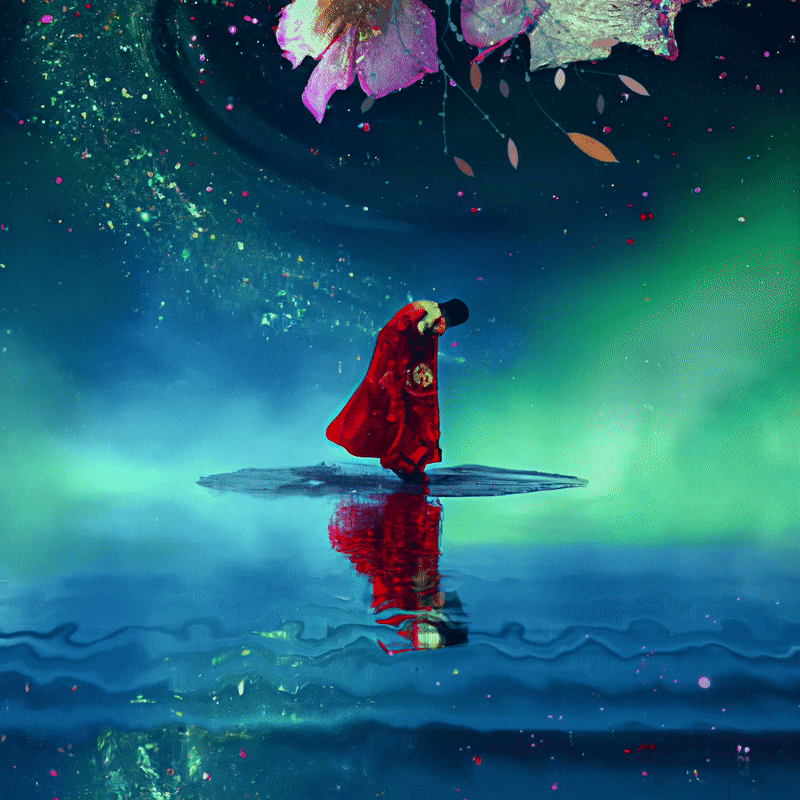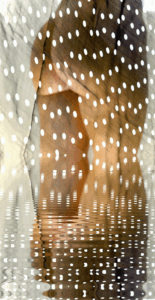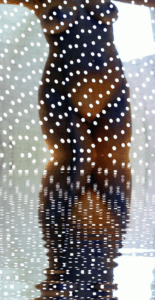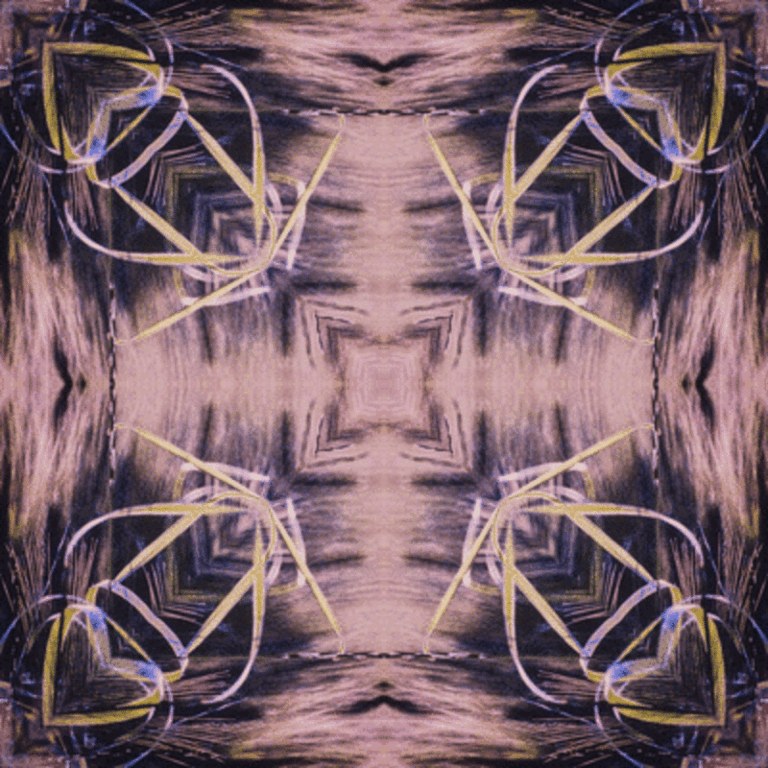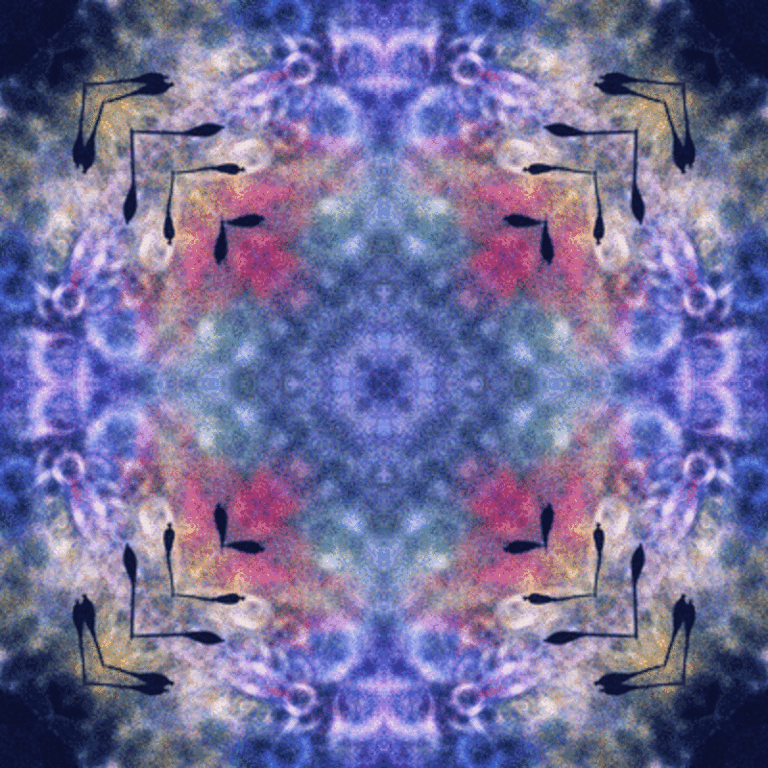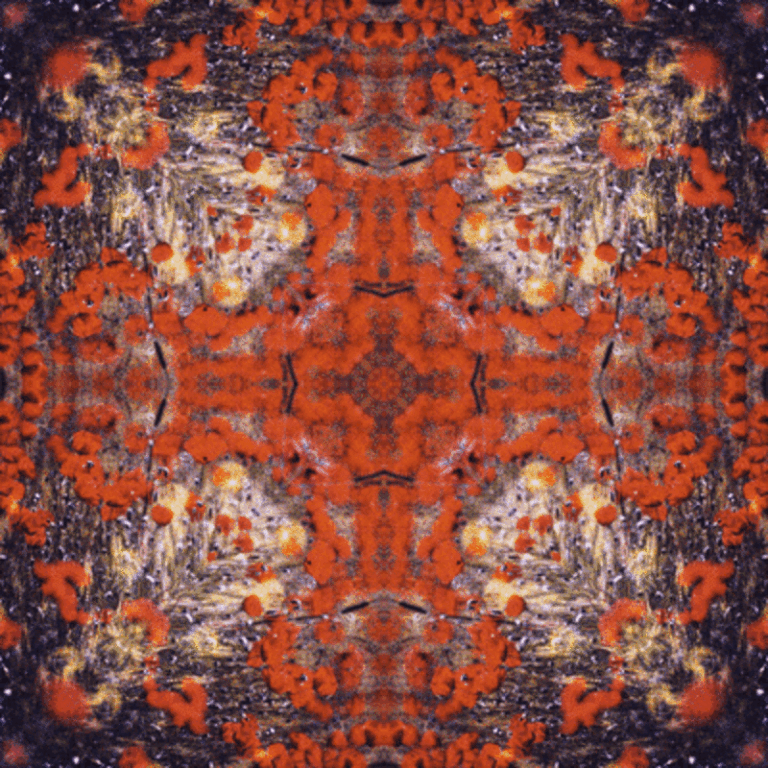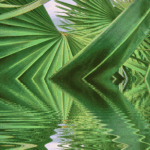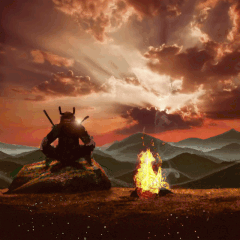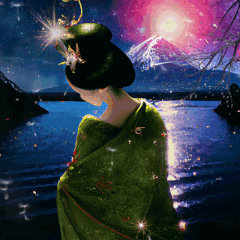NFTs

In April 2022, I decided the only way to learn about blockchain, NFTs and text-to-image AI was to dive in. Do it. Swim or sink. Breathe or choke.
Since then, I’ve been scammed twice (my own fault), sold just one image, made lots of mistakes, and learned a lot.
As a creative journey, it has been the greatest fun; perhaps the most exciting journey ever.
And it’s only just begun!
What are NFTs?
NFTs are Non-Fungible Tokens. End of lesson. You can go home now. That’s because you have used NFTs all your life. You already know much of what you need to about NFTs. Only you didn’t call them that.
Bus tickets, train tickets, season tickets of any kind, music or book tokens, museum passes, membership cards, petrol gift cards. These are essentially all non-fungible tokens. They are assets you have to buy in return for very specific benefits that can’t be swapped for other benefits (i.e. they’re non-fungible) unless that’s already been built into the token. For example, a season’s pass to a stadium gives you right to sit at certain seats but not others yet may entitle you to a free drink that you may choose to redeem or not. But that pass won’t allow you to go to concerts or buy petrol.
These examples are all physical NFTs, whereas the buzz (and derision) today is about digital NFTs. Even so, daily NFTs are increasingly becoming digital. Think of your airline boarding pass on you smartphone. Or bus season tickets also on phones. Today’s NFTs are quite similar: in return for your money, you obtain a digital item with certain features and rights that you value. You become owner of an asset such as an image or a music file. This means that you can keep or sell it as you wish. But there may also be restrictions such as not being able to manipulate the asset or claim to be the creator. There are other differences between today’s digital NFTs and familiar NFTs: these include decentralisation, how the asset is stored and the use of blockchain technology for verification. These topics are fully covered online by greater experts than me.
What is most exciting for me is the move to greater decentralisation. This means greater autonomy, the ability to reach more people, and spread my work much further than ever before. And no more dependence on steel-and-glass galleries. True, we still depend on online portals to handle the technicalities of blockchain transactions but with the many portals that showcase and handle purchase transactions, it’s possible for any artist with intermediate computing skills and able to get online to enter the marketplace. If you already have the digital files of images (or music or 3D model) you’re more than halfway to making an NFT i.e. turning your work into a transactable commodity.
What happens when you combine a physical object such as a photograph with an NFT? You get the birth of an un-pretty but self-explanatory term, the phygital. You hybridise the physical and the digital to reap the advantages of the physical – its existential uniqueness – together with blockchain advantages such as the public ledger and near-instant transaction with cryptocurrency. With my items offered on Clubrare, for example, your purchase obtains the digital art in the form of an NFT plus you can also redeem a physical print – some are unique, some in limited editions.
Minted from existing images
Warm Glow in Water
The first NFTs I made were from existing images. Some offered with hardly any change from the original. But others were pushed and pulled through artificial intelligence apps. These include Fotor, Lunapic, Motionleap.
This image is from the set for the book Private Album: How to Take Your Own Nude Photographs. It has been reworked in Affinity Photo to increase contrast, locally improve saturation and given a general clean up. Then it was the turn of Lunapic to apply the animated water reflection.
My aim is always to produce lovely images. If they’re a cut above apes, aliens or anime characters, so much the better.
The full set is on Opensea.
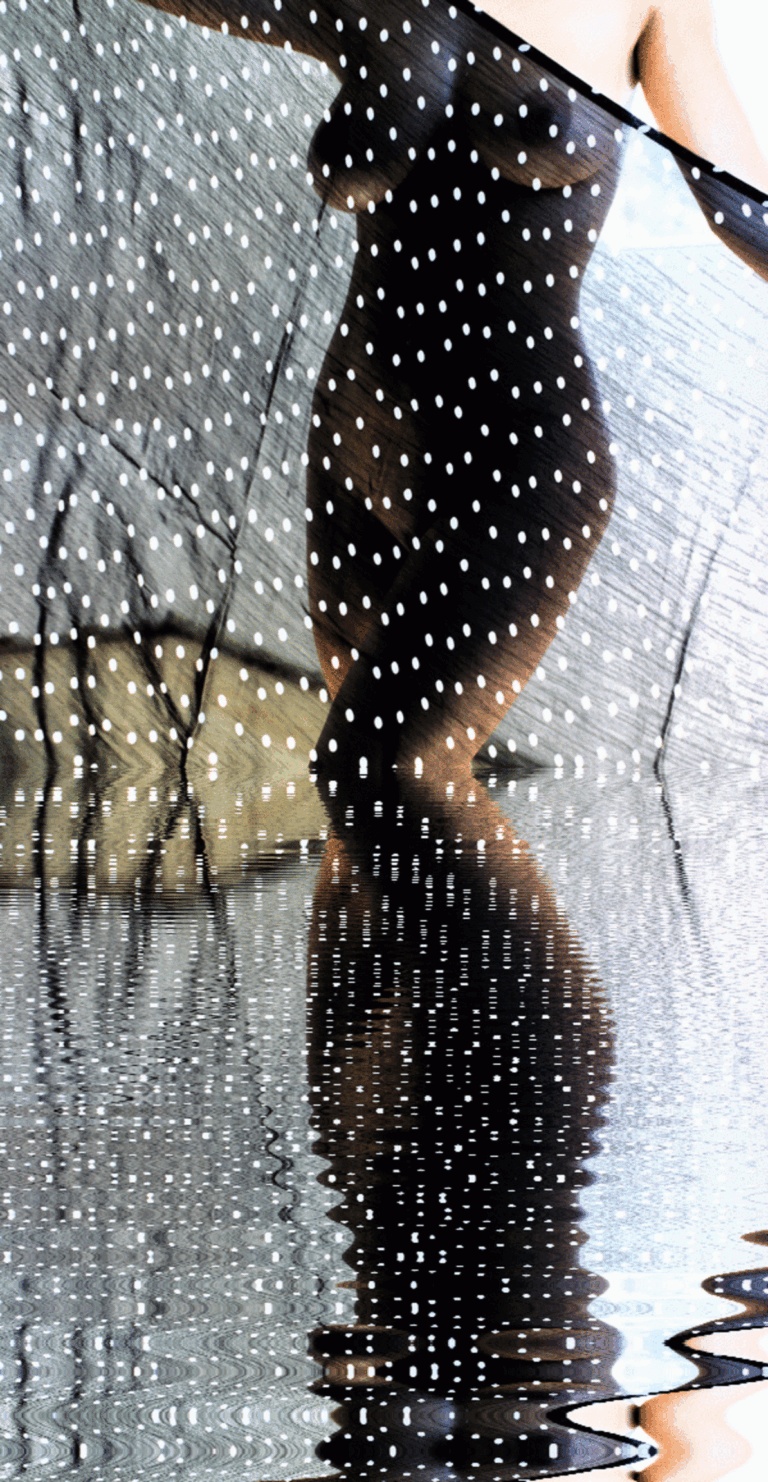
Polachromic movements
A favourite work from the past had been made on Polachrome, an instant slide film. It delivered truly unique colours and tones, being an additive colour system. Polachrome no longer exists, so it was a pleasure to offer these images a chance for a new life.
To make these NFTs, I explored kaleidoscopic movements. These gave surprising results that intrigue and delight; a multi-dimensional transformation.
The full set is here on Opensea.

Rippling Earthsong
The first NFTs as animated GIFs seemed to me to be trying too hard. They had a tendency to shout, or at least talk loudly.
So I looked at using more tranquil images, with the aim of creating calm and beauty for the metaverse. These items would be ideal for creating a Tranquilverse – a virtual haven of peace away from the madness of an urban jungle.
The full set is here on Opensea.

T2I - text-to-image
Text-to-image artificial intelligence – T2I AI – is here to stay. Love it, or hate it, have the wrong idea or none, it’s the most significant disruptor to photography since digital technology first poked its head over the horizon. T2I enables you to prompt or seed a computer with text so it returns an image matching the prompt. For many, that’s an ill-wind of job loss, erosion of the profession, dilution of creativity and much other evil.
Almost all my experience is with DALL-E from OpenAI. Images were tightly selected from hundreds of generated ones for cooking in Affinity Foto, Fotor, Motionleap and EZGif to make many-layered animated NFTs.
More examples and a little on T2I are here.
The full set can be found on ClubRare.xyz
